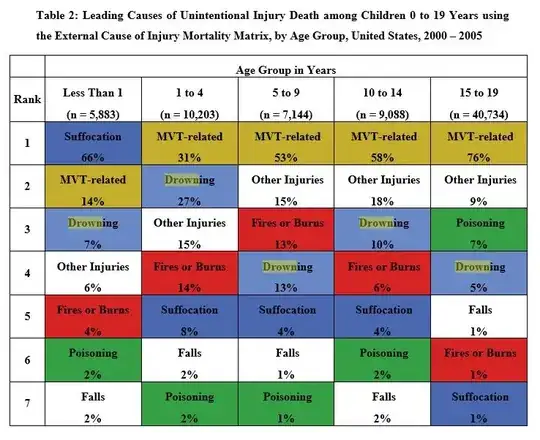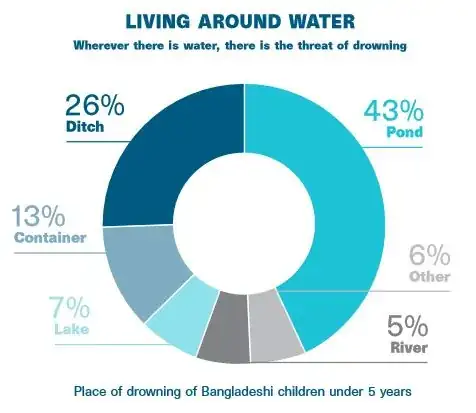The American Academy of Pediatrics does not recommend water safety lessons for babies less than one year old:
The water-survival skills programs for infants may make compelling videos for the Internet, but no scientific study has yet demonstrated these classes are effective
However, many parents subject their babies to "survival swimming lessons", believing that these will decrease the child's risk of drowning. In the United States, an organization names Infant Swimming Resource (ISR) is a major provider of these lessons. Their classes for babies 6-12 months old focus on teaching them to roll over and float on their backs:
Generally speaking, children ages 6 months to 1 year learn the ISR Self-Rescue® skill of rolling onto their backs to float, rest and breathe. They learn to maintain this position until help arrives.
In their marketing materials, ISR providers claim that after 6 months old, "the sooner the safer", that infant swimming lessons save lives, etc.
Is there any evidence to suggest that this is true - that teaching infants who are 6-12 months old to back float reduces their risk of fatal drowning?
(Note that I am not asking whether babies are natural swimmers; I am asking whether teaching them to roll over and float on their backs is proven to be effective in reducing their risk of drowning.)

